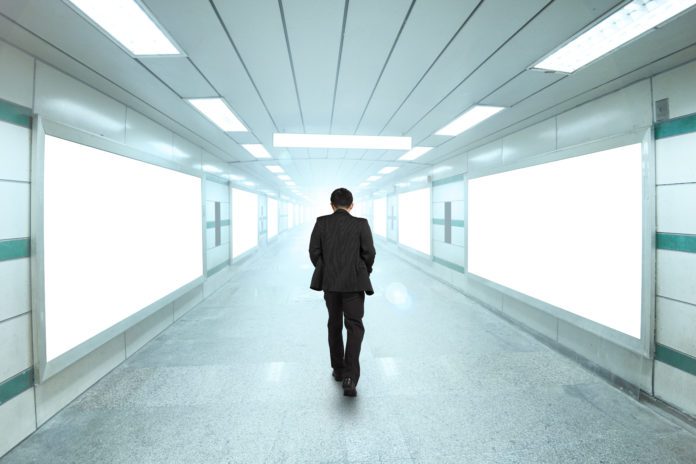The market for LED lighting systems, driven by lower installation costs and increased demand for energy efficiency, has soared to 52%, its highest level in a decade, and is expected to reach $37 billion this year. LED, lighting?s full potential remains underutilized as facilities professionals often choose not to invest in energy-efficiency upgrades because of high perceived upfront costs.?
What is an LED lighting retrofit?
Any project that improves the efficiency of a building?s lighting system is considered a lighting retrofit. These upgrades incorporate everything from installing lighting controls to converting an entire building lighting system to LEDs. Common lighting retrofits include replacing T12 lamps, installing occupancy sensors, and implementing control systems. ?
Georgia College LED lighting parking lot use case
In 2014, Georgia College retrofitted a 500-space parking lot, replacing the existing metal halide lighting with LED lights. ?The project was cost approximately $17,000 and was funded through a $3 mandatory campus sustainability fee.
By converting double-head fixtures that use 1,000-watt metal halide bulbs with a life expectancy of 1,500 hours to single-head LED fixtures that use 285-watt bulbs that offer an expectancy of 50,000 hours, the conversion to LED lighting led to a significant reduction in energy use for the parking lot ?usage dropped by 78% to 20,965 kWh in 2017 from 94,221 kWh in 2012.
The LED bulbs not only significantly lowered energy usage but also produced other benefits such as additional cost savings totaling $3,888 through direct rebates from energy providers.
The project exceeded the estimated $7,500 annual savings, and the college spent 76% less, or $2,639, on energy costs compared with $10,612 in 2012 to power the old fixtures.
Further, LEDs were less likely to degrade, better illuminated outdoor areas by distributing light more efficiently and did not tend to flicker and buzz over time compared with old metal halide lights.
5 tips for ?LED lighting conversion
1. Select LED lights with higher and more natural illumination. Use products with color rendering index (CRI), a metric indicating the spectrum of light, that are higher in number, at least 80 or above. A CRI of 100 is considered perfect spectral balance, equivalent to sunlight. The quality of an LED product is critical to capturing benefits of LED lighting and enhancing public safety and providing plenty of visibility.
2. Color temperature is another critical attribute in exterior lighting. It is measured through the K scale or rating. K stands for Kelvin, a measure that should appear on the LED packaging. Natural sunlight is considered 5,600K-degree lighting; industry standards consider surpassing 4,600K as the best lighting for exterior spaces requiring a safe environment such as the security-type lighting necessary for parking lots.
3. Choose a reputable manufacturer and focus on a product’s warranty more than its rated life. It’s critical always to vet manufacturers and make sure their products are proven. With outdoor, high-burn fixtures, a warranty is significant. An eye-popping, too-good-to-be-true life rating doesn’t mean much if the manufacturer is not willing to back that claim with a good warranty.
4. Explore incentives. Once you know what you need and how to meet your site?s lighting requirements, look into rebates, discounts, low-interest loans and other incentives to defray the cost. The Database of State Incentives for Renewables and Efficiency at dsireusa.org is a great place to find state- and federal-level funding, and your local utility and city government may also offer incentives.
5. Try to bundle projects. Looking at whether you can either group multiple projects together or use the savings from the lighting project to pay for additional work is an excellent way of making a compelling case to get the project started and potentially fund future building upgrades.

